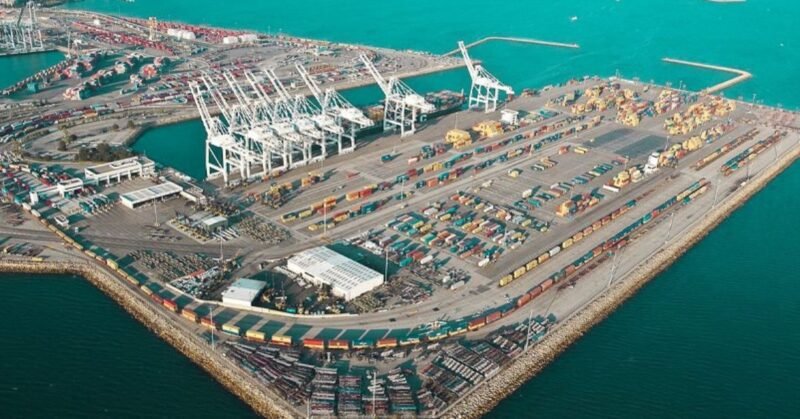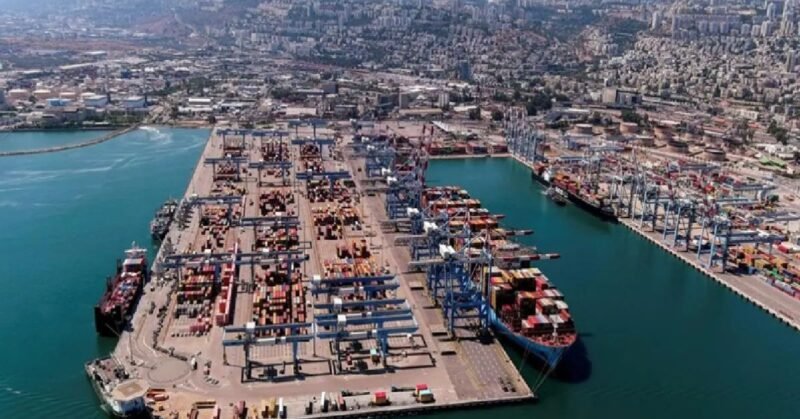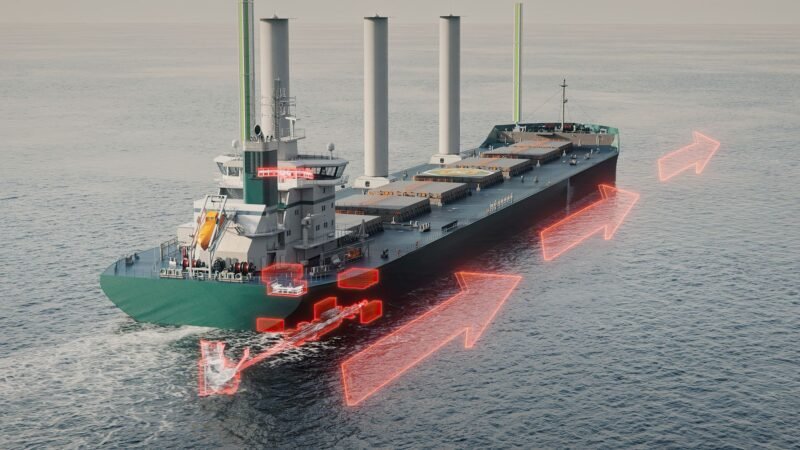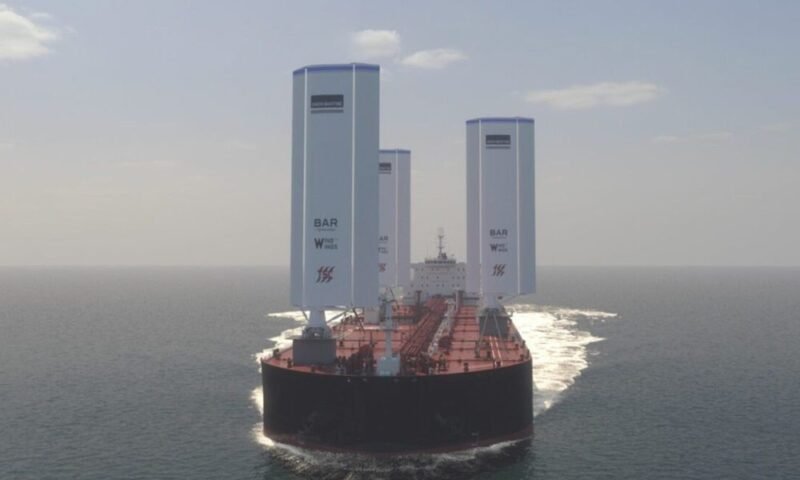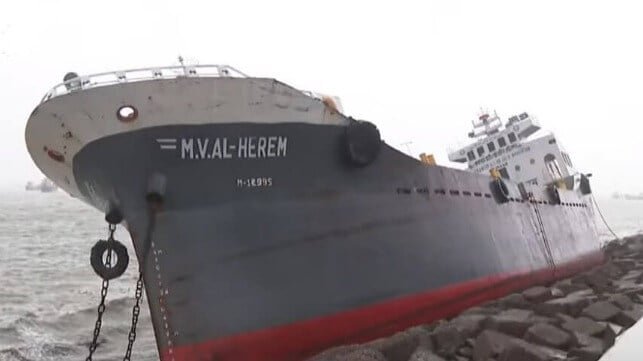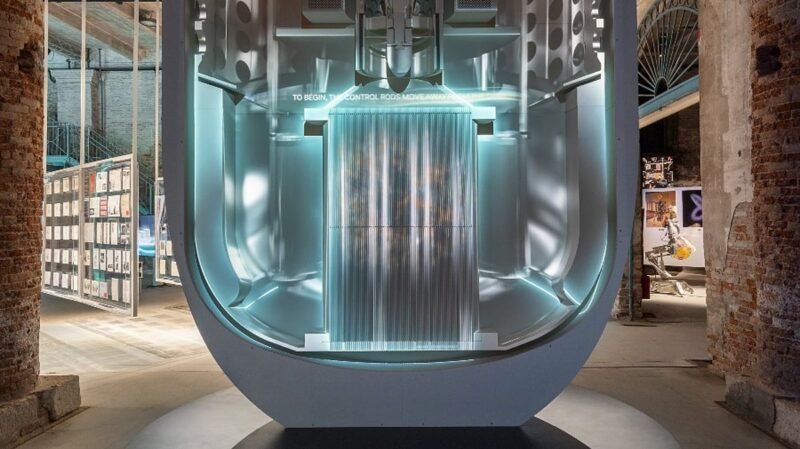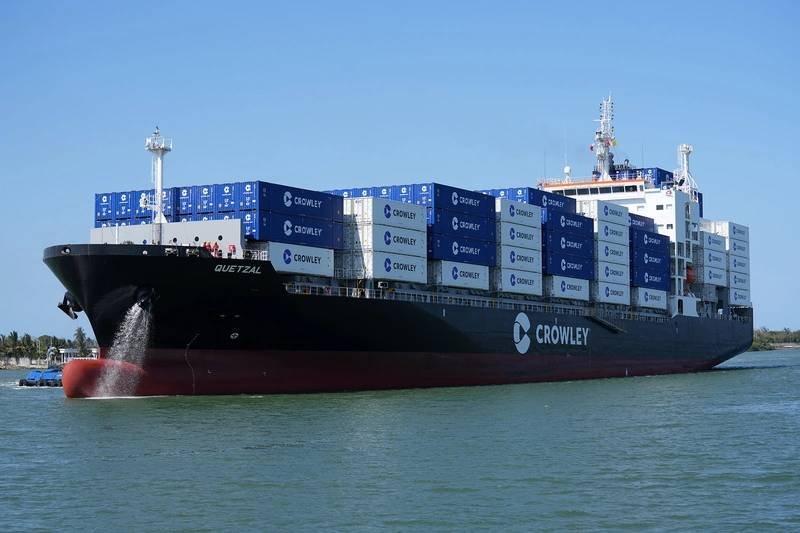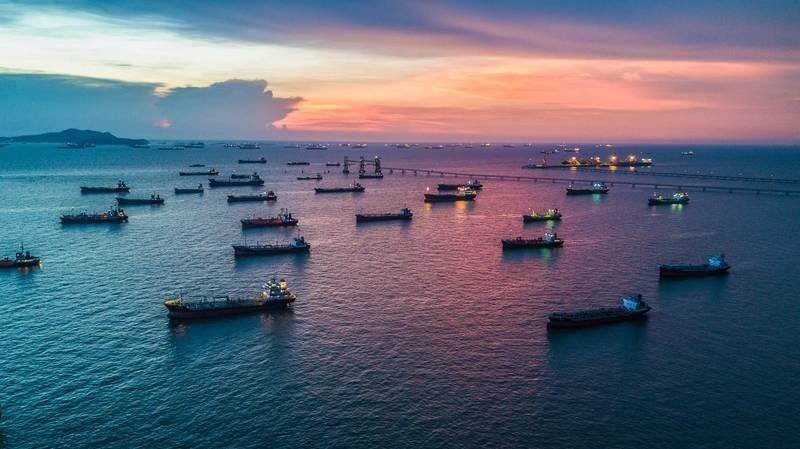A bridge collapse in Dresden last weekend caused a temporary shutdown of inland shipping on the Elbe River. The Carola Bridge, a main crossing in downtown Dresden, collapsed in the early hours of September 11, 2024, due to hydrogen-induced stress corrosion of its steel components. The collapse disrupted businesses and shipping interests that rely on the Elbe to access upriver regions.
The collapse of the Carola Bridge was unexpected, as it had passed all routine inspections and exams. The Institute of Concrete Structures at TU Dresden determined the cause of the collapse to be hydrogen-induced stress corrosion, which is difficult to detect with conventional methods. The demolition and removal of the collapsed bridge was further complicated by the discovery of WWII-era bombs at the site.
The surviving bridge spans are also affected by corrosion issues, leading to another temporary navigation shutdown due to a broken steel component. Bridge engineer Steffen Marx of TU Dresden highlighted the risk of further failures due to temperature fluctuations. The city has expedited the demolition of the remaining bridge sections in hopes of completing the job by the end of 2025. In the meantime, ships are allowed to pass through during limited hours with specific safety precautions in place.



